Best metronomes 2025: The top mechanical and digital metronomes for musicians
Are you rushing, or are you dragging? You’ll know for sure with these essential time-keeping devices from Boss, Korg, Wittner, and more
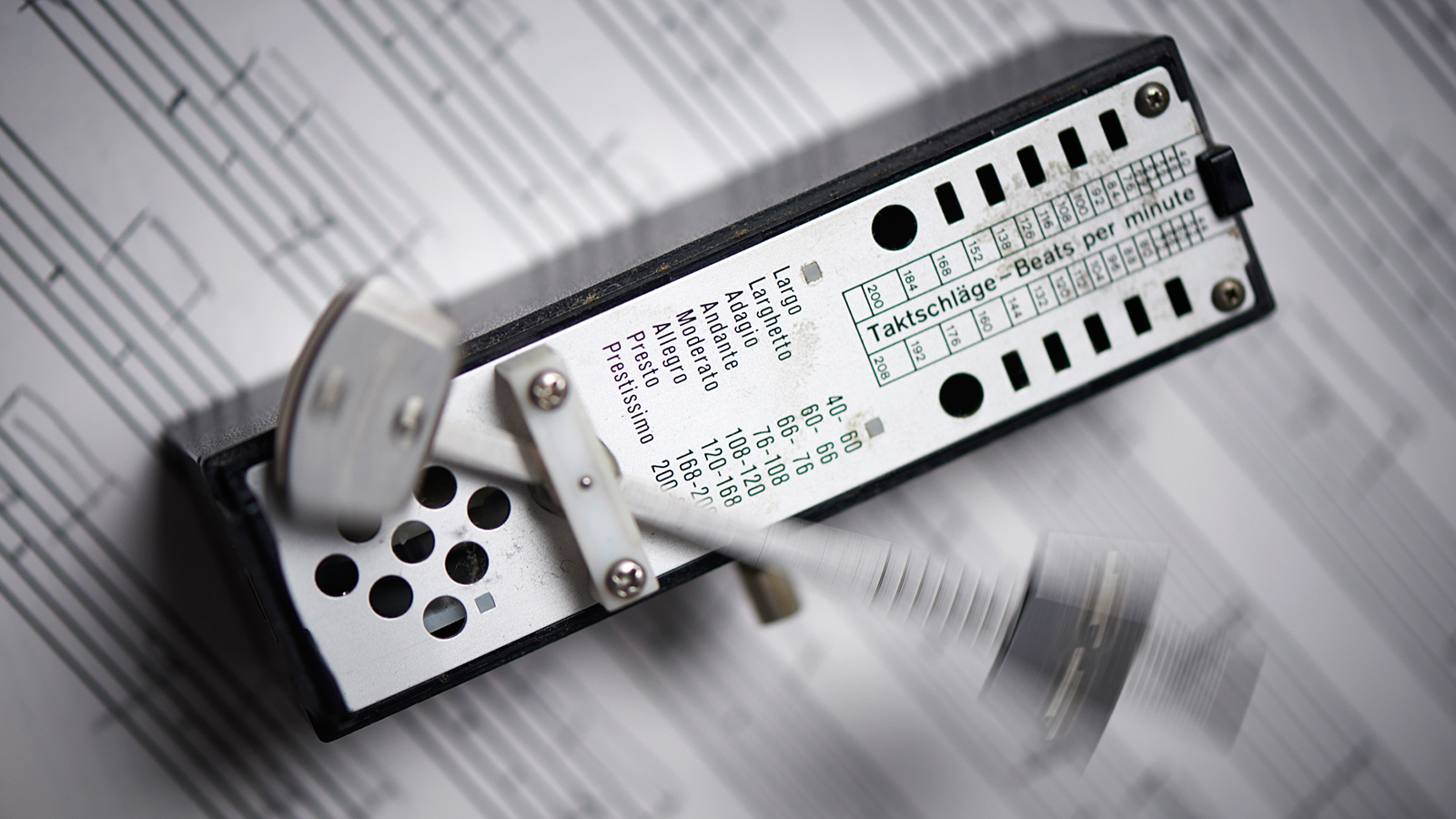
The humble metronome is, at once, one of the most useful and most boring pieces of musical equipment you can buy. Of the many instruments, accessories, and items of gear you can spend your hard-earned on, you might find it difficult to actively pick a somewhat-dry learning accessory that basically counts for you. But buying a metronome would make a transformational difference to the way you play, making it an essential piece of gear to have in your arsenal.
Keeping time is arguably as much an art as a science, requiring both a musical sense of feel and an internal capacity for counting regularly. Most of us, though, aren’t the best at that last ‘science’-y bit – so having something else to tap out time for us can be nothing short of essential for both practice and performance.
We’ve been using metronomes for centuries now, from the earliest days of pendulum metronomes designed to mimic a conductor’s baton; today they’re mechanical, electronic or even somewhere in between – and typified less by the movement of a weighted stick, but more by the steady tick-tick-tick that punctuates your playing.
Metronomes are everywhere, too, from free apps on your smartphone to click tracks in your DAW. Playing to a metronome is vital for instilling regularity into your playing, whether you’re hoping to master your instrument, play complicated backing tracks on stage, or simply get a part down for recording. Different metronomes have different feature sets, too – from basic time-keeping to MIDI clocking, digital drum arrangement and beyond. But which is the best metronome for you?
Read on to find my top picks for the best metronomes available today. If you want to know a little more about what makes metronomes tick, head down to my FAQs section for answers to all of your burning questions.
Quick list
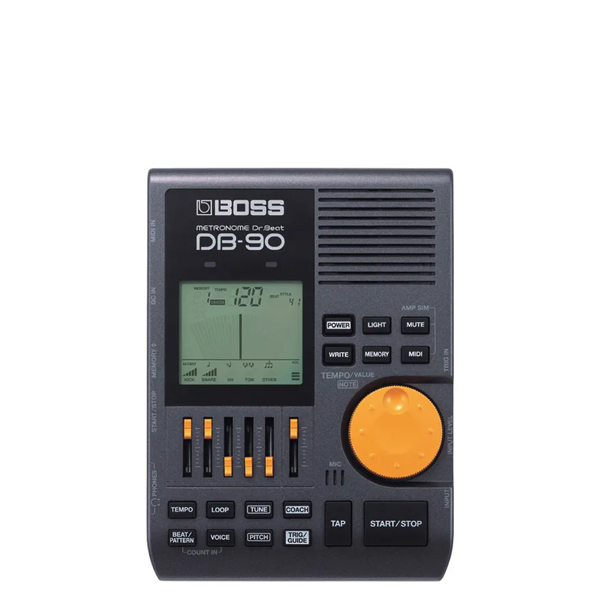
Thanks to its sheer breadth of features, its incredible versatility and its easy-to-use format, the Boss DB-90 handily tops the list as the best metronome overall. It combines a rich feature set with a simple interface and an affordable price; quite simply, it’s a difficult one to beat.
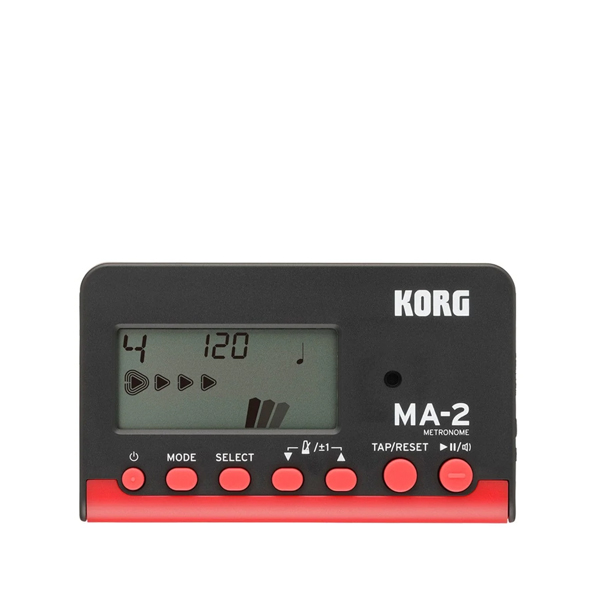
The unassailable Korg MA-2 is an inexpensive metronomic wonder, and a solid, rugged solution for a cheap time-keeper to follow you around. Coming from the good ship Korg, it comes imbued with decades of digital excellence – easily the top budget pick.
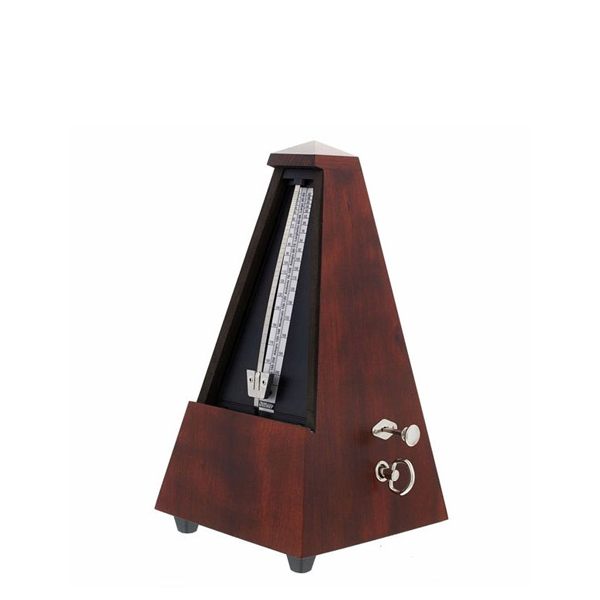
For the traditionalists amongst us, the Wittner 811M is an unsurpassed choice of mechanical metronome. Though a rather expensive choice, the 811M wears its value on its sleeve; timeless design and impressive build quality means this is probably the only metronome you’ll ever need to buy.
Load the next 4 products ↓
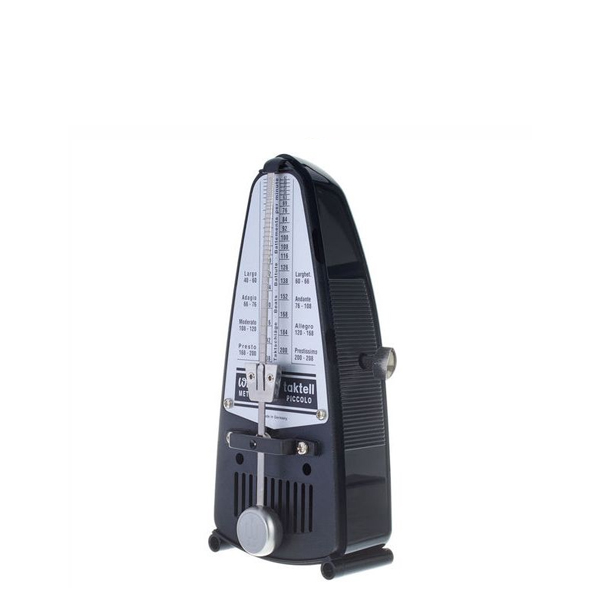
If you’re a traditionalist with a little less in the kitty, you can’t go far wrong with the Wittner 836 Taktell Piccolo Metronome. It doesn’t have a bell, but it does have oodles of vintage-esque charm and a friendly, familiar mechanical movement.

Korg’s TM-70T is an upgraded version of its classic, ubiquitous and indispensable portable tuner/metronome combos. It has a transposable tuner for the classical musicians amongst us, a metronome with 15 selectable rhythms, a headphone out and an extremely handy 250-hour battery life amongst other highly-useful features.
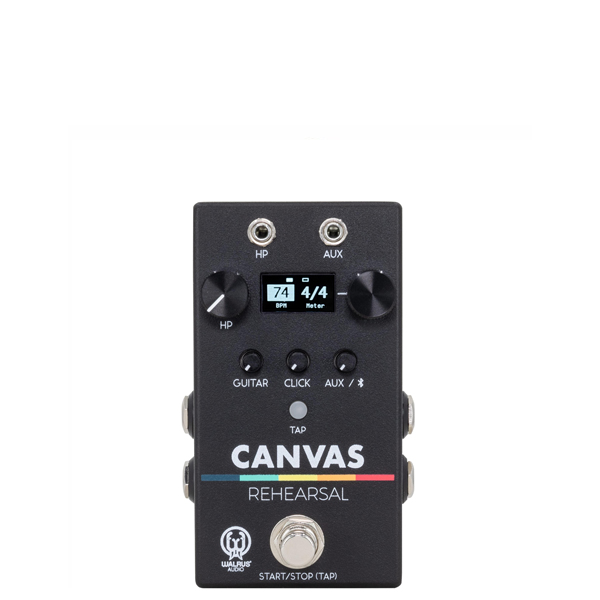
Walrus Audio’s Canvas Rehearsal is a pedal-format metronome which can also act as your pedalboard’s end-stage mixer. Blend Bluetooth audio with three different inputs and your click, and send a stereo signal out containing whatever you wish! An essential, albeit expensive, practical utility for pro and touring guitarists.
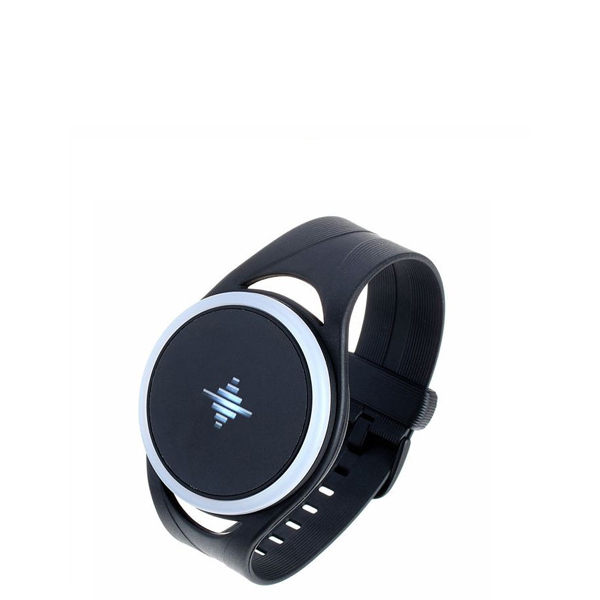
For those who dislike the clicking of a metronome tick, vibration may prove a less intrusive medium for timekeeping. This is where the Soundbrenner Pulse comes in, offering a haptic feedback solution for situations where an audible click may be difficult or impractical.
Best overall
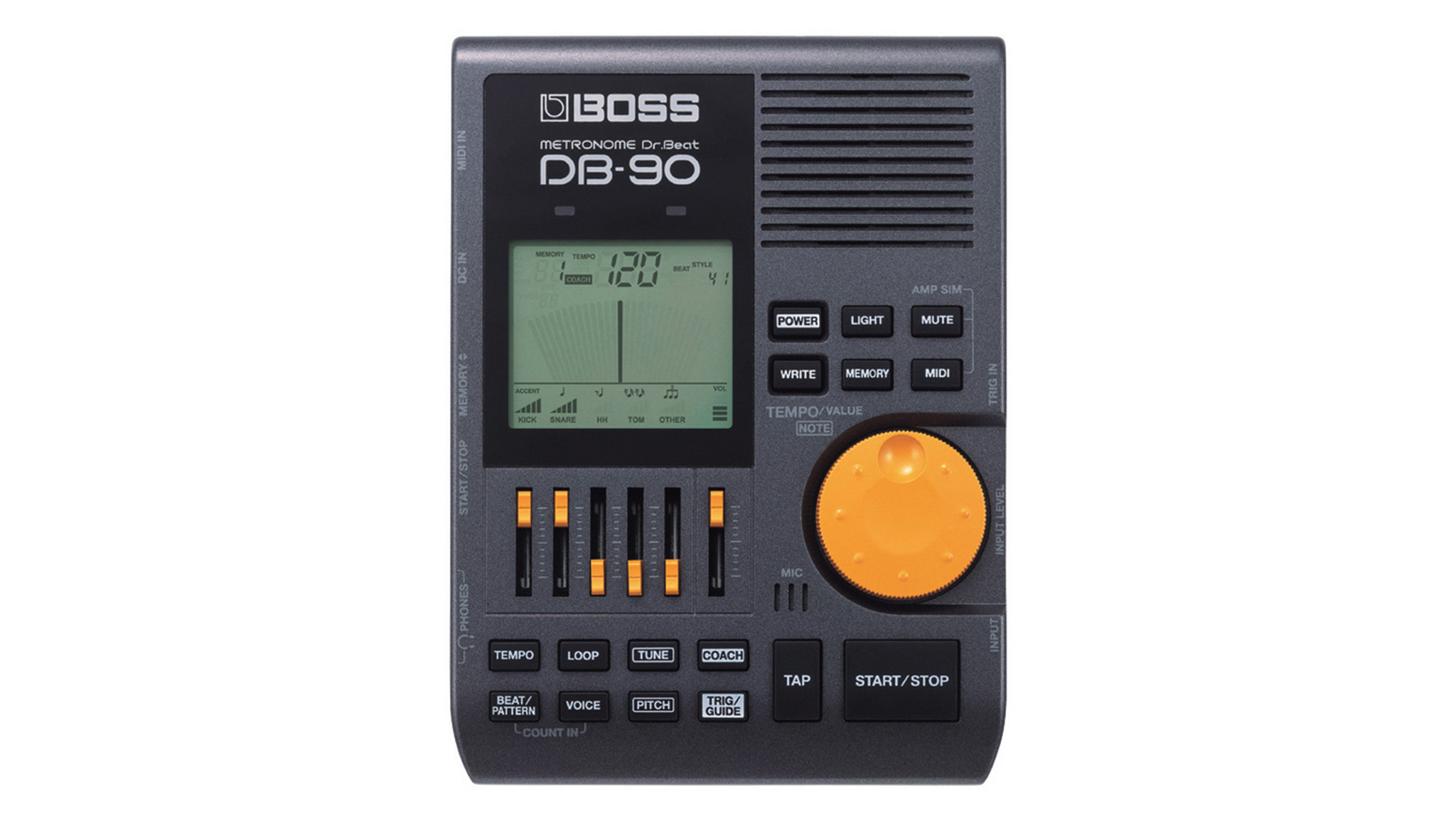
1. Boss DB-90 Dr. Beat Metronome
Our expert review:
Specifications
Reasons to buy
Reasons to avoid
More like a mini drum machine than a metronome, the Boss DB-90 is literally the all-singing, all-dancing king of the timekeepers, with a huge array of functions that are reflected - quite fairly, let’s face it - in its somewhat hefty price tag.
This seriously pro timekeeping tool has it all - four non-abrasive metronome sounds, including human voice count, realistic PCM drum sounds, 50 pattern memories, instrument input, and even a 5-pin MIDI input to sync to an external sequencer for onstage cueing.
Note mixing lets you adjust the levels of different note values to create new beat variations, and there’s an onboard Rhythm Coach training feature, complete with built-in microphone, to build speed and accuracy. You only get a reference tone generator in place of an actual tuner, but metronome-wise, it looks like Boss thought of everything with the DB-90, making it the best metronome overall.
Best on a budget
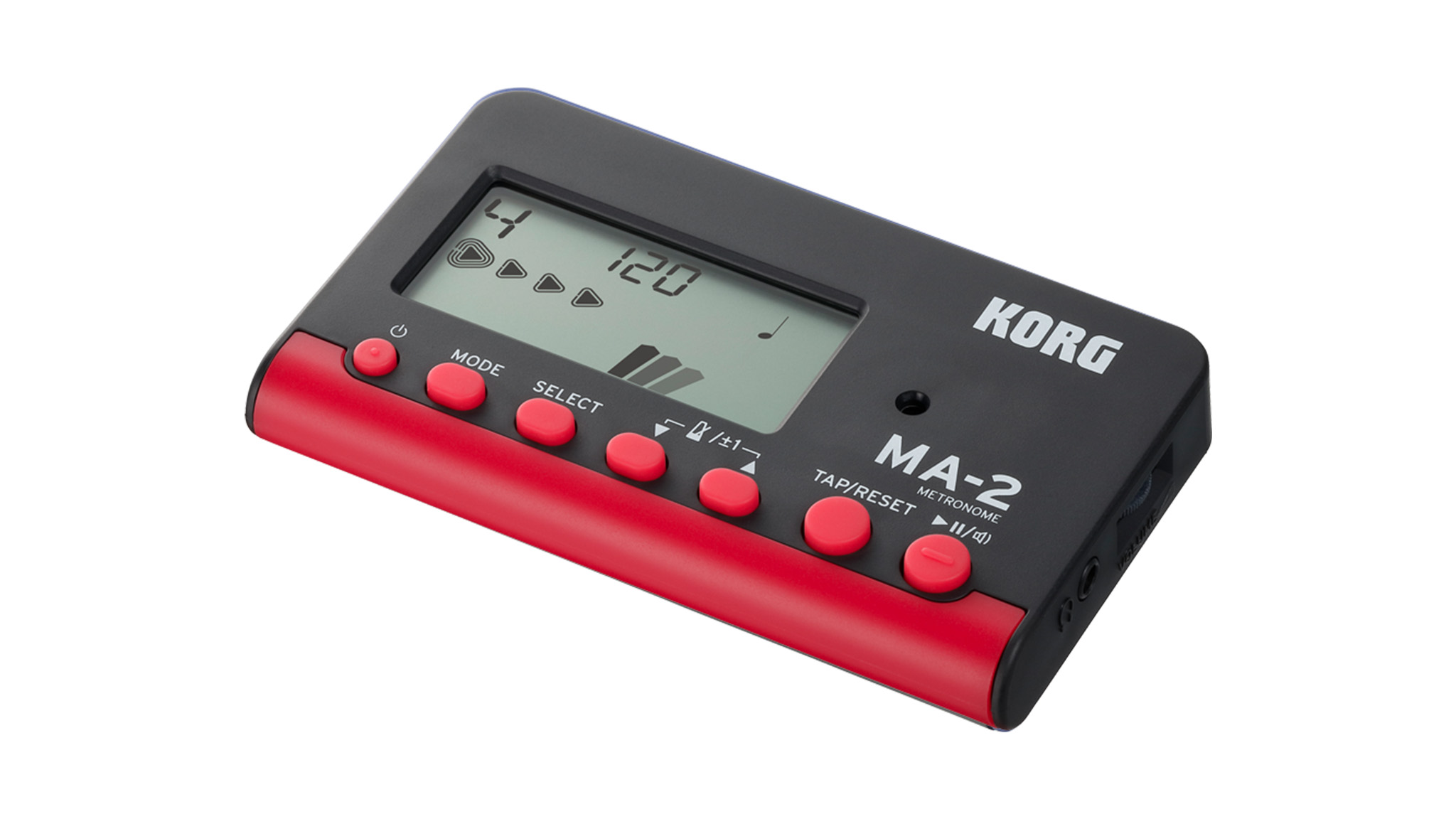
2. Korg MA2-BLBK Pocket Digital Metronome
Our expert review:
Specifications
Reasons to buy
Reasons to avoid
With this update to Korg’s bestselling MA-1 digital metronome, Korg have improved upon its predecessor in several areas while managing to keep the cost way down. The MA-2 sports a larger pendulum swing display that’s 30% bigger than that of the MA-1, and a beefed-up beep tone to address loudness problems encountered by users of the old model.
Factor in a new Timer mode and an impressive 400-hour battery life from a pair of AAA’s and you have a substantially improved package that still represents an absolute bargain.
If you can put up with the one and only beep tone, all that’s left is to choose which of the two available colours you want - it’s available in two-tone blue / black or black / red - and you’ll be ticking along nicely.
Best traditional
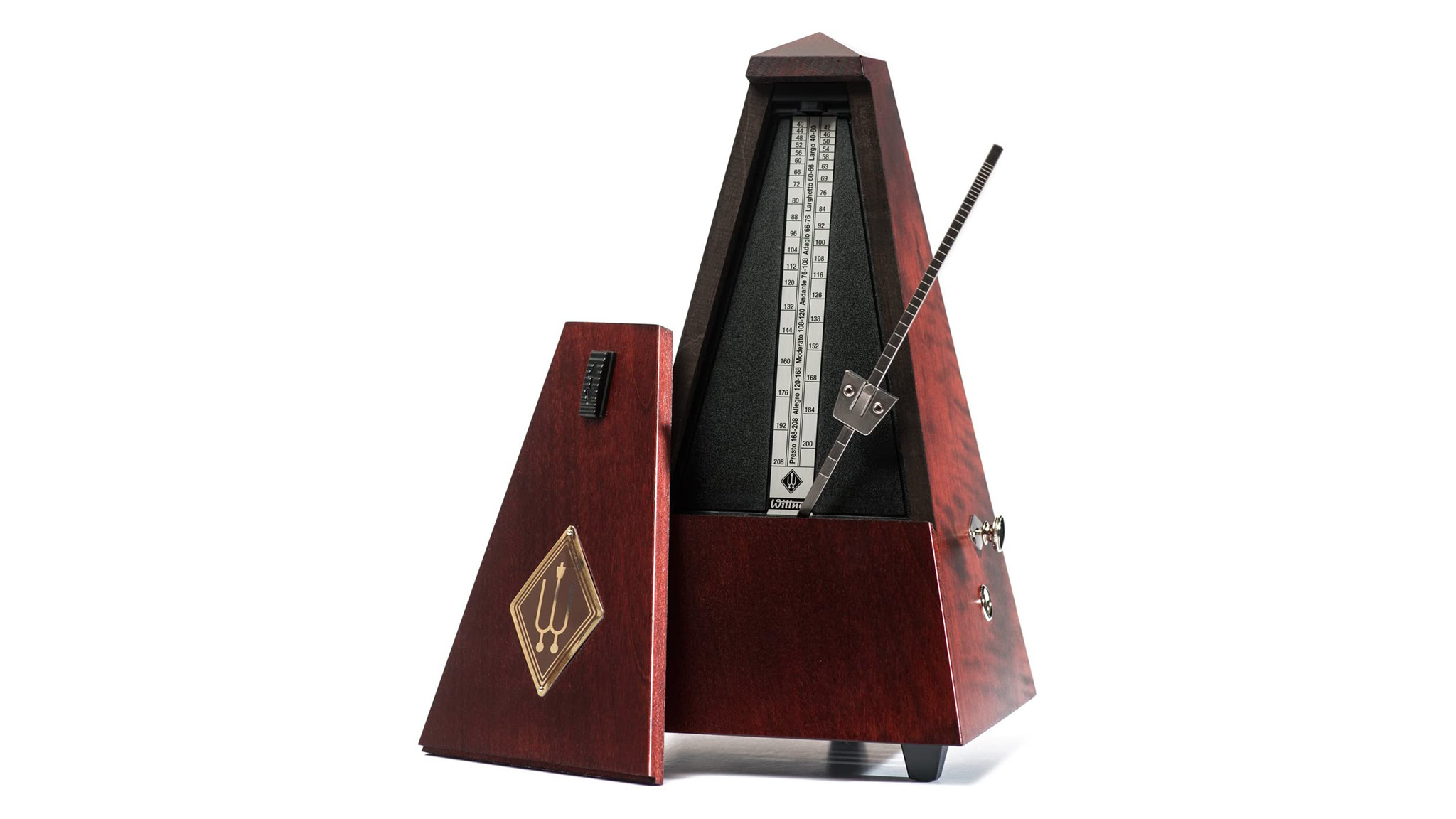
3. Wittner 811M Pyramid Mahogany Metronome
Our expert review:
Specifications
Reasons to buy
Reasons to avoid
Pyramid-style pendulum metronomes have just one job, at which they excel, and Wittner’s extensive range of models delivers just the right blend of antique style and modern build quality for those who prefer a traditional approach to timekeeping.
The Wittner 811 is the most popular model in the German company’s Maelzel range, and although there are admittedly few boxes to tick with this type of metronome, the 811 ticks all of them, with its smart wooden finish and classical tempo scale printed behind the pendulum shaft for reference.
It has a bell that can be set to indicate 2/4, 3/4, 4/4, or 6/8 time, chiming on the downbeat of each bar. If the bell selector is pushed fully in, it disables the bell and you just get a constant metronome tick. The 811 isn’t the cheapest option, but its timeless quality will make it well worth the expense.
Best beginner
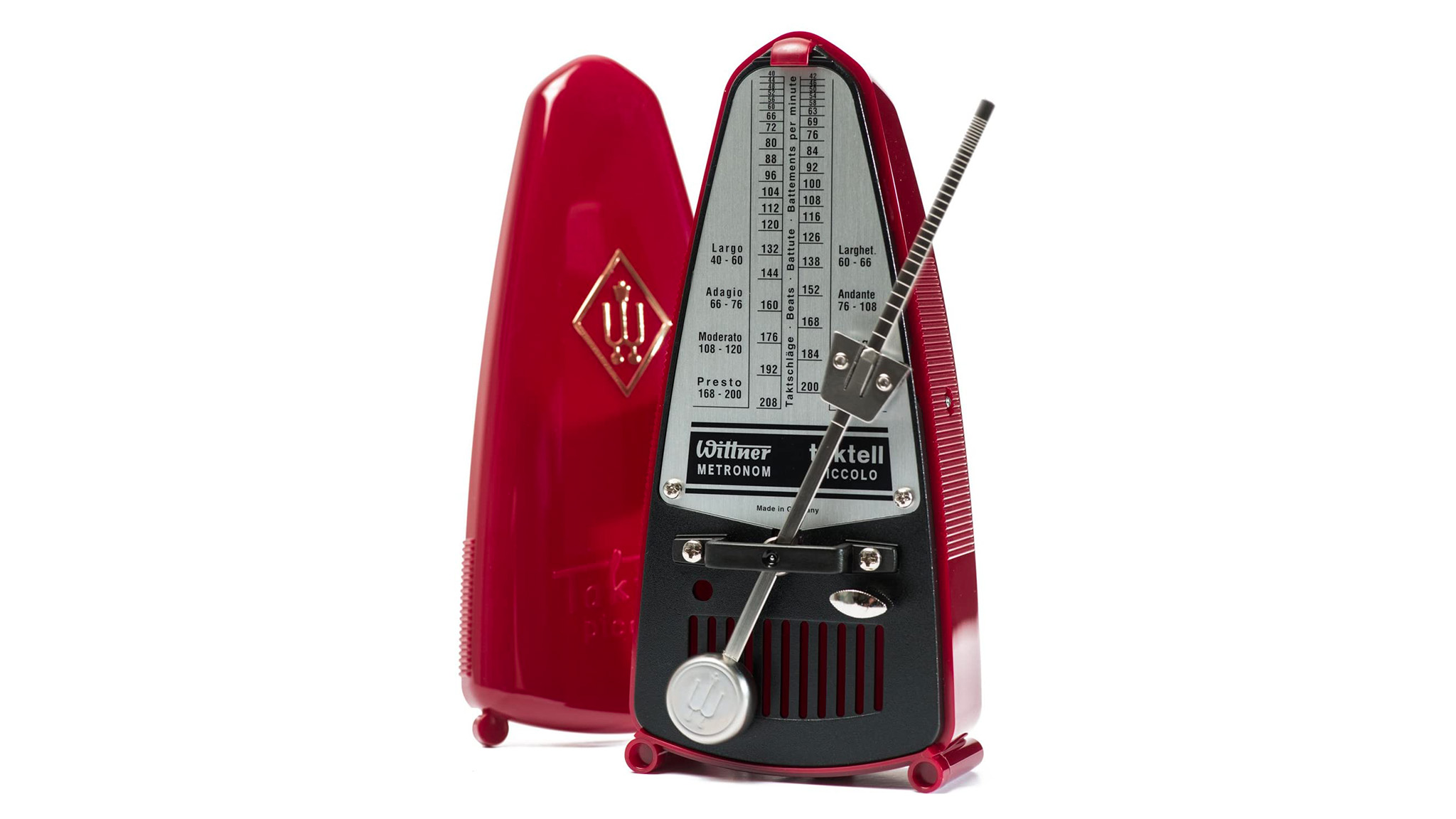
4. Wittner 836 Taktell Piccolo Metronome
Our expert review:
Specifications
Reasons to buy
Reasons to avoid
If you’re after a traditional pendulum-type mechanical metronome but want something a bit less antique-looking and a bit more wallet-friendly, the Wittner Taktell Piccolo is the obvious choice. It’s also the cheaper option to the Wittner featured further up this guide.
Still retro enough to look equally at home atop either an acoustic or digital piano, the plastic-bodied Piccolo is available in a vast array of bright and funky colours and has been designed to fit snugly into the crease of a piano’s music rest.
It’s a clockwork device, so has that traditional click tone in spades, plus the all-important, tempo-graded and weighted pendulum, whose swinging movement is almost as much of a timing guide as the click tone. Tiny, well-priced and easy to use, the Piccolo is a great buy.
Best metronome/tuner combo
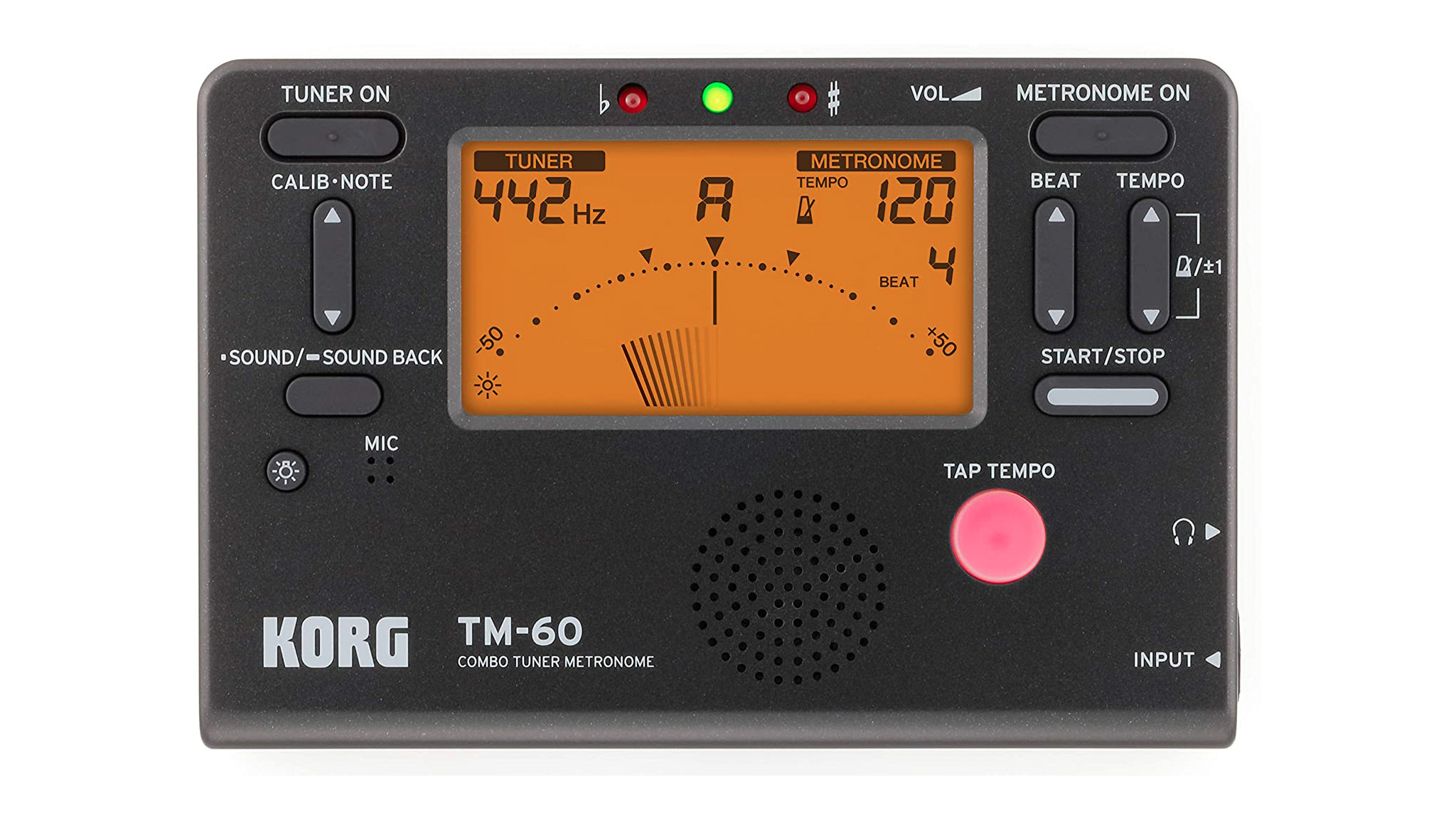
5. Korg TM-60 Tuner and Metronome Combo
Our expert review:
Specifications
Reasons to buy
Reasons to avoid
Korg’s digital instrument tuners are somewhat legendary, so it’s a bonus to find a digital metronome like the TM-60 that also houses a tuner of typical Korg quality within the same tiny unit, rugged enough to be chucked into a music case.
It’ll run for up to 130 hours on a pair of AAA batteries, and features include a tap tempo function, 15 rhythm variations, auto power off and a memory backup that recalls your previous settings.
The TM-60 boasts a backlit LCD screen that’s 30% larger than that of the previous TM-50 model, allowing it to display the tuner and metronome simultaneously, so you can stay in tune while practicing. There’s also an input jack for Korg’s optional TM-200 contact microphone to increase tuner sensitivity.
Best for guitarists
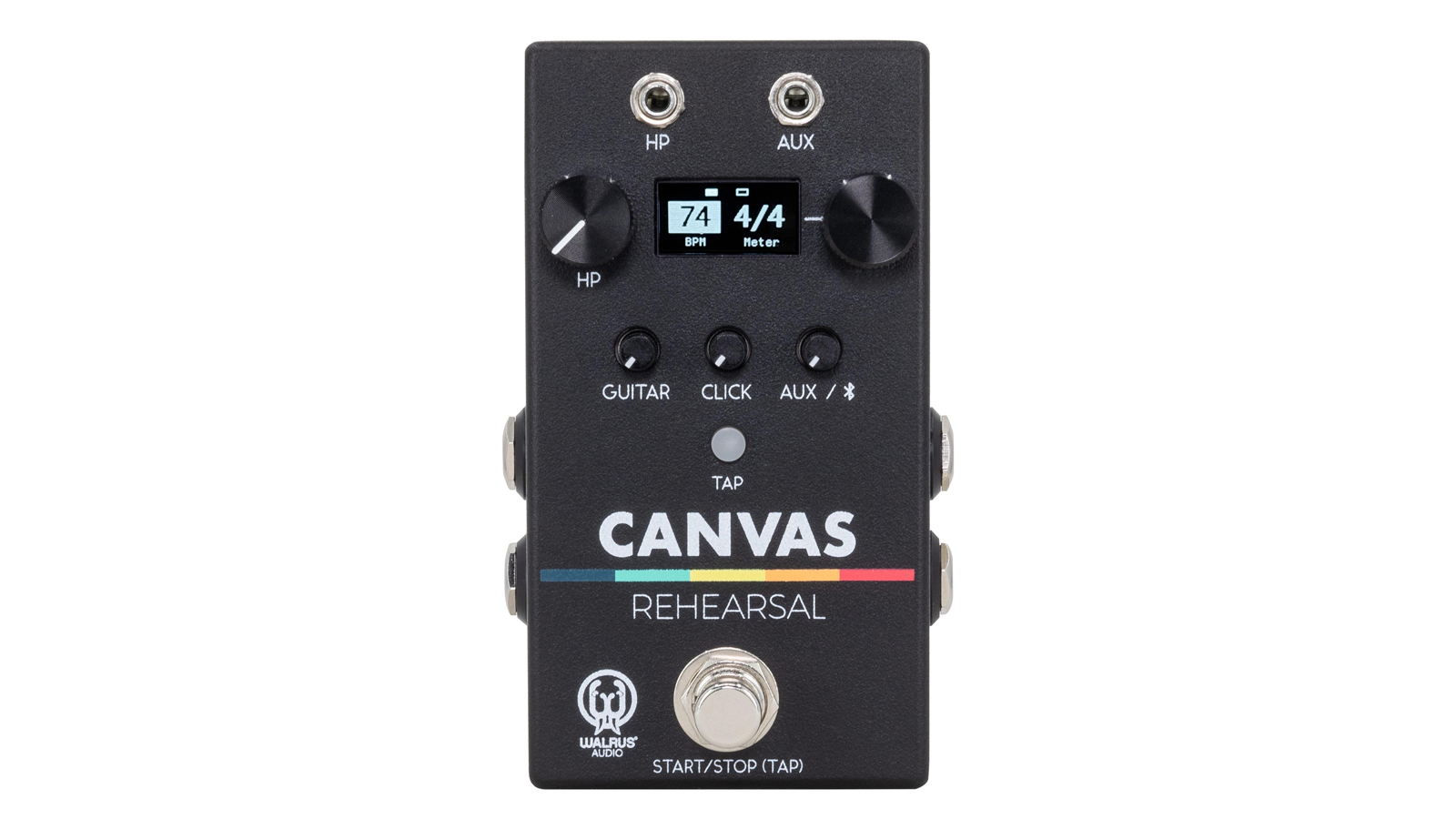
6. Walrus Audio Canvas Rehearsal
Our expert review:
Specifications
Reasons to buy
Reasons to avoid
The Walrus Audio Canvas Rehearsal is one of the most full-featured metronomes for guitarists you’ll ever see. This is a true multi-hyphenate rehearsal device, with a shedload of features all housed in a compact pedal format that’ll easily squidge onto the end of your pedalboard.
It isn’t just the format that sets the Canvas Rehearsal apart, though; more than a metronome, this is a mini-mixer that lets you sum all sorts of sources together – and hear them all, with a click, in either the stereo jack outputs or headphone amp output provided. There’s also MIDI In and Thru for clocking your metronome with external synths or backing tracks.
This feature-set is formidable, to say the least – and easily the missing link in many professional guitarists’ rehearsal setups. It does cost a pretty penny, but what you’re buying is a comprehensive solution for practice and gigging.
Best wearable
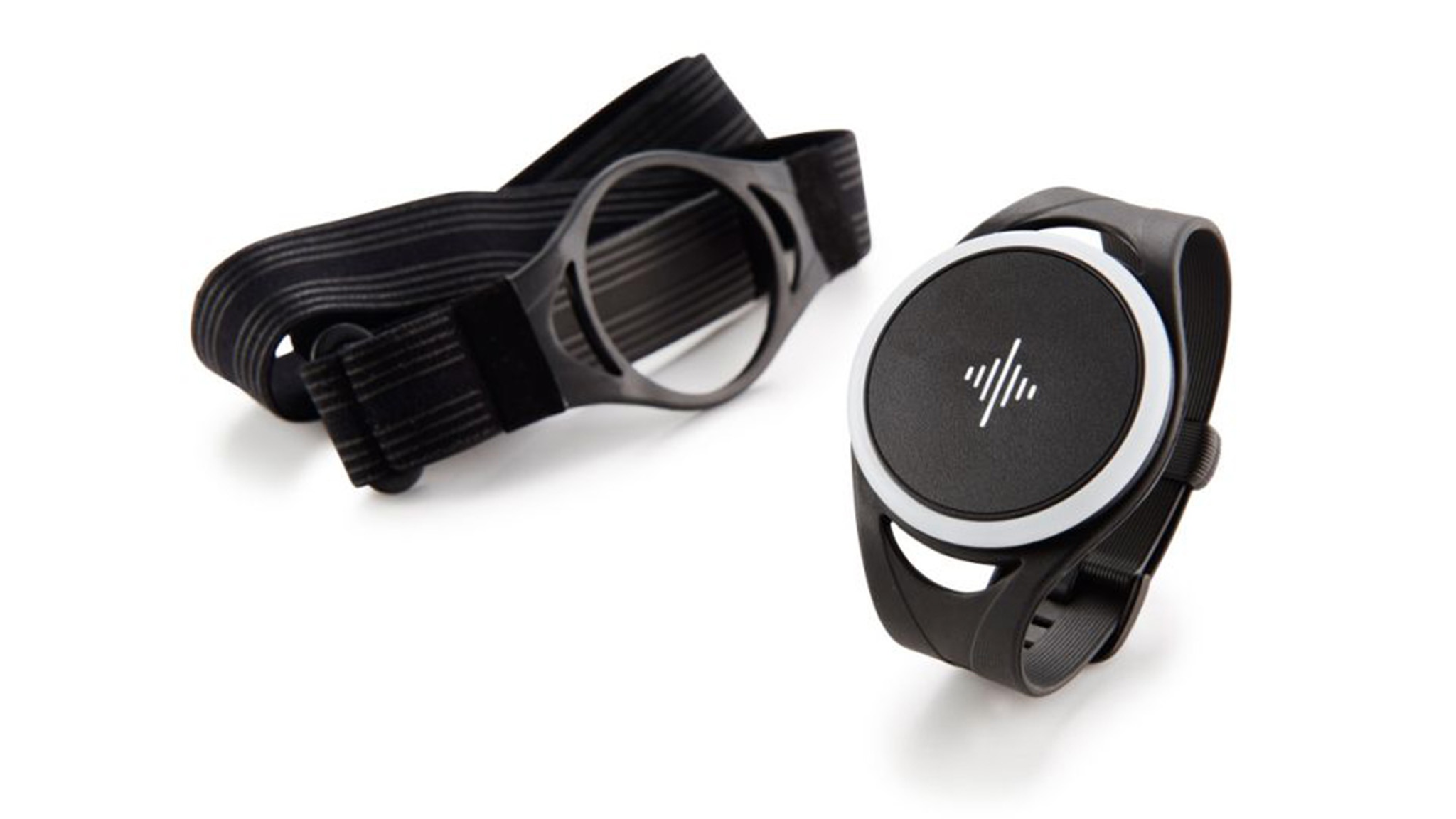
7. Soundbrenner Pulse Metronome
Our expert review:
Specifications
Reasons to buy
Reasons to avoid
For those who dislike the clicking of a metronome tick, vibration may prove a less intrusive medium for timekeeping. This is where the Soundbrenner Pulse comes in, offering a haptic feedback solution for situations where an audible click may be difficult or impractical.
A 50cm diameter circular device that can be attached to one of two bundled straps and worn like a large smartwatch on your wrist, or alternatively across your arm or leg (or even across the body using an optional long strap), the Pulse vibrates to the beat and flashes an LED rather than playing an audible sound.
Like a smartwatch, the Pulse has a capacitive touch sensor for tapping interaction and a rotating outer wheel to select the tempo value. It communicates via Bluetooth with a slick and comprehensive companion app, allowing you to customise LED colour, alter vibration strength settings, add an audible click, create set lists, sync multiple Pulses together and much more.
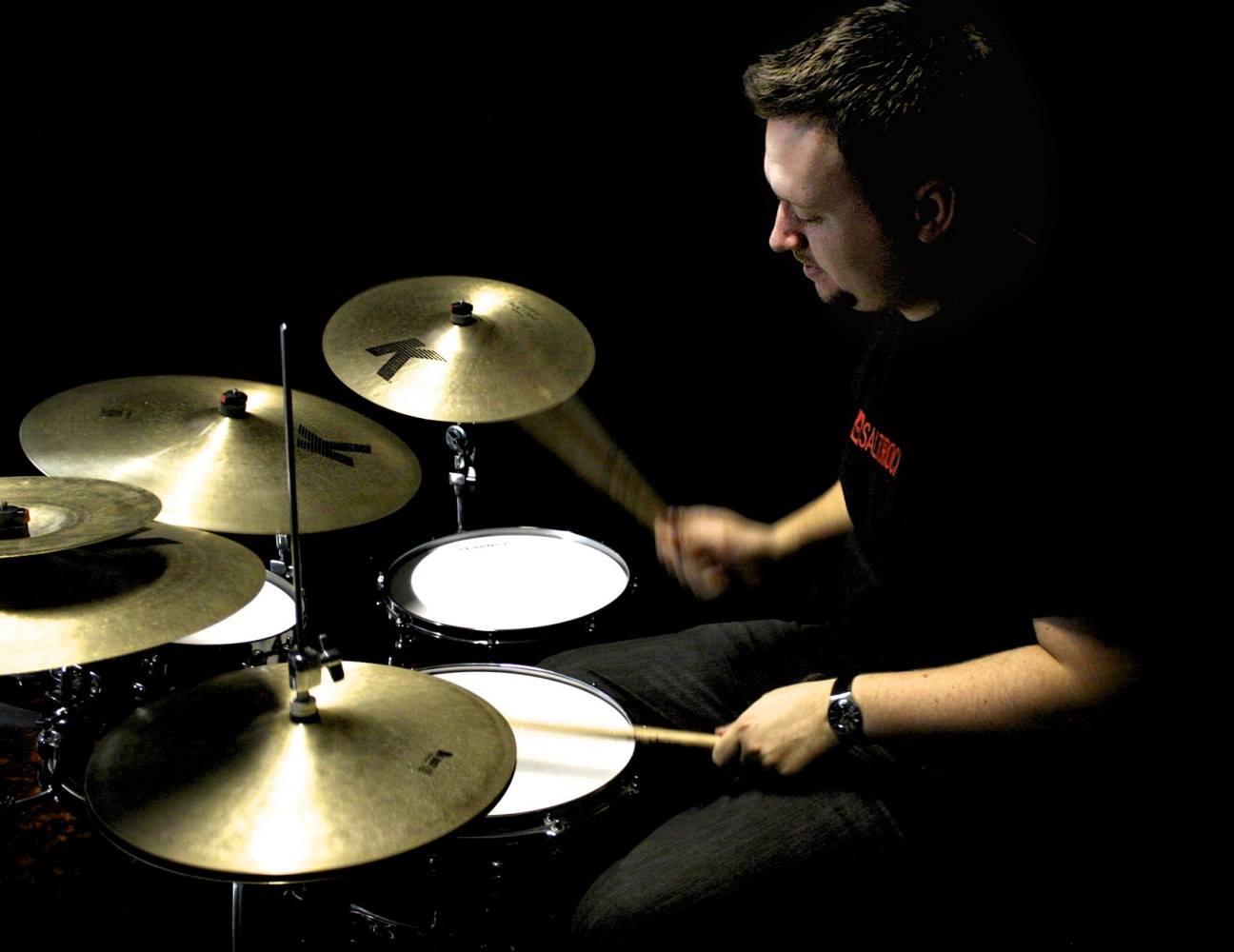
"A sleek design with a smart user interface and a high level of connectivity, but it can be tricky to really feel the beat. Nonetheless, a great idea and worth trying out for yourself."
Read my full Soundbrenner Pulse review
FAQs

Why do I need a metronome?
A metronome could easily be considered one of the more essential pieces of gear to buy as a practicing or performing musician. Our ability to keep time is something we take for granted, whether for practicing alone in silence or only ever playing against other musicians; if practicing in silence, you have nothing to measure your progress against, and if playing with others, you’re able to lean on other musicians for regularity.
Metronomes are designed to produce an audible tick at a constant rate of your choosing, selectable in beats per minute (BPM) so that the clicks or beeps keep you in time as you practice scales, arpeggios, exercises and complete pieces. This device is the ultimate breaker of bad habits, whether you start rushing through well-rehearsed solos or dragging behind your drummer. Put simply, rhythm training is a crucial part of learning any musical instrument, and a simple, even slightly passive route to making you a better musician overall.
What are the main features I need from a metronome?
Surprisingly, for a device designed to do just one job - to go ‘tick’ at a particular set speed - there are a number of things to look out for when choosing the best metronome for you. Let’s take a look at those now…
Tempo range
Measured in beats per minute (BPM), the range of click speeds you can dial in normally spans a ponderous 30bpm to a frantic 250bpm. Digital metronomes offer the ability to set specific tempo values precisely, while mechanical versions often just provide a set of preset values at selected intervals across the range. This is in keeping with the traditional Italian musical terms for tempo (such as andante, allegro, etc) that you’d find marked on a musical score.
Tap tempo
You’ll see this function on many of the best metronomes and it gives you the ability to set the metronome’s tempo by literally tapping a button or pad on the front of the device. It then interprets the speed of your taps to the nearest whole bpm value and continues to tick at that set speed.
Beat variations
Metronomes can indicate the downbeat of each bar by a variation in the tick sound. Mechanical metronomes often use a physical bell, while digital variants will employ an alternative pitched sound or louder tick for the downbeat. That’s great if you’re practicing or playing in regular 4/4 time, but what about other time signatures such as 3/4, 12/8 or even 7/4?
The best metronomes are able to handle a variety of different time signatures, placing the downbeat sound correctly after the required number of sub-beats. An even better one will allow you to select and even edit your own beat variations and subdivision patterns to suit your playing.
Tick sounds
Literally the heart of every metronome is the sound it makes while ticking. How loud and/or annoying is the metronome sound - does it beep or tick? Can you change it to suit the environment? Can it be heard over the sound of your instrument?
Many musicians prefer classic, unpitched ticks to the pitched beeps offered by some models, as pitched sounds can interfere with the pitch of the piece you’re playing, especially if you’re particularly pitch-sensitive.
So the best metronomes offer a choice of at least two tick sounds, and some high-end digital metronomes enhance their appeal to traditionalists by using samples of traditional clockwork metronomes for their tick sounds.
What's the difference between a mechanical and digital metronome?
Dedicated hardware metronomes may be looked on as something of a redundancy to DAW-based musicians, as all computer-based workstations have a built-in metronome of some sort to keep you in time while recording new parts. Digital pianos also now all feature a built-in metronome as a matter of course, as do the best electronic drum sets. So why would you need an external one?
If you’re learning or practicing an acoustic instrument, you’ll at some point need to focus on how to play in time, especially if you’re a classical player aiming to take graded exams. For this scenario, a hardware metronome is an essential accessory, but they’re also useful in a live band setting for keeping everyone in sync.
As mentioned above, metronomes fall into two broad categories: mechanical and electronic. The traditional, pyramid-shaped wooden mechanical metronome is usually clockwork, involving a pendulum equipped with a sliding weight that you move up and down to determine the tempo.
Some models also feature a bell that can be used to indicate the downbeat, the time signature of which can be changed by pulling out a dedicated knob on the side of the unit.
Pendulum metronomes look great on the lid of a grand or upright piano, and have been a standard feature of music rooms since their invention in the early 1800’s. These days, the wooden casing is sometimes swapped out for a lighter, plastic equivalent, which can make the unit easier to carry around, but the basic principle remains unchanged.
Electronic metronomes are battery-powered and much more accurate than their traditional mechanical counterparts, and these days come brimming with additional features. They tend to be small enough to be nonchalantly chucked into an instrument case before or after a lesson.
Some have basic built-in tuners, handy for guitarists, violinists, or anyone whose instrument requires a regular tune-up before practice sessions or performances. Though we’d also recommend the best guitar tuners for players wanting a more dedicated tool. The most technologically-advanced models are wearables that resemble smartwatches and offer haptic feedback in the form of pulsed vibrations felt through the wrist, as well as the more conventional audible click or beep.
What other features should I look out for?
Some digital metronomes apply the Swiss Army knife approach and include a built-in digital tuner, handy for guitar, bass and string players, while others make do with a reference tone generator that lets you tune your instrument by ear.
At least one on our list - the Boss DB-90 - even acts as a sort of practice preamp for guitarists and bass players, allowing them to plug their instrument directly into the unit and monitor it along with the click through the headphone output.
What are software metronomes?
You’ll find software metronomes built into every computer or tablet-based Digital Audio Workstation (DAW) as a matter of course, but these are tied into the functionality of the software as timing aids for recording new parts and not designed for use when practicing.
Of course, there are plenty of smartphone apps available for iOS and Android that function as metronomes. These are convenient, inexpensive and work perfectly well, but there are many situations where it’s preferable to turn off your phone and just sit down with a little box of ticks to practice distraction-free, so we’ve deliberately turned the spotlight on dedicated hardware metronomes for the purposes of this guide.
How we choose products

Here at MusicRadar, we are experts in our field, with many years of playing, creating and product testing between us. We live and breathe everything music gear related, and we draw on this knowledge and experience of using products in live, recording and rehearsal scenarios when selecting the products for our guides.
When choosing what we believe to be the best metronomes available right now, we combine our hands-on experience, user reviews and testimonies and engage in lengthy discussions with our editorial colleagues to reach a consensus about the top products in any given category.
First and foremost, we are musicians, and we want other players to find the right product for them. So we take into careful consideration everything from budget to feature set, ease of use and durability.
Find out more about how we test music gear and services at MusicRadar
Why trust us?

☑️ Established 2007
☑️ 2.9 million monthly users globally
☑️ 9,500+ reviews on-site
With more than 17 years of experience, MusicRadar is the premier music-making website in the world. Run by musicians for musicians, we offer expertly written gear round-ups and high-quality, authoritative reviews by an extensive team of highly experienced industry professionals.
Below you'll find more information on the expert authors of this guide.

Dave is an expert in all things keys, from beginner keyboards, to digital pianos, synths and beyond, and has been a music technology writer and product tester since 2007, contributing to the likes of Computer Music, iCreate, MusicRadar and Attack Magazine. Dave has also programmed and played keys on recordings by a range of world-renowned artists including George Michael, Kylie and Gary Barlow.

James Grimshaw is a freelance writer and music obsessive with over a decade of experience in music and audio writing. They’ve lent their audio-tech opinions (amongst others) to the likes of Guitar World, MusicRadar and the London Evening Standard – before which, they covered everything music and Leeds through their section-editorship of national e-magazine The State Of The Arts. When they aren’t blasting esoteric noise-rock around the house, they’re playing out with esoteric noise-rock bands in DIY venues across the country; James will evangelise to you about Tera Melos until the sun comes up.
Related buyer's guides
MusicRadar's got your back
- The best guitar tuners to keep you in tune
- Stay secure with the best guitar straps
Get the MusicRadar Newsletter
Want all the hottest music and gear news, reviews, deals, features and more, direct to your inbox? Sign up here.
Dave has been making music with computers since 1988 and his engineering, programming and keyboard-playing has featured on recordings by artists including George Michael, Kylie and Gary Barlow. A music technology writer since 2007, he’s Computer Music’s long-serving songwriting and music theory columnist, iCreate magazine’s resident Logic Pro expert and a regular contributor to MusicRadar and Attack Magazine. He also lectures on synthesis at Leeds Conservatoire of Music and is the author of Avid Pro Tools Basics.
- James GrimshawFreelance writer
MusicRadar deals of the week: Enjoy a mind-blowing $600 off a full-fat Gibson Les Paul, £500 off Kirk Hammett's Epiphone Greeny, and so much more
“A well spec’d device that bridges the gap between a basic stereo field recorder and a more advanced multitrack device”: Zoom H4 Essential review